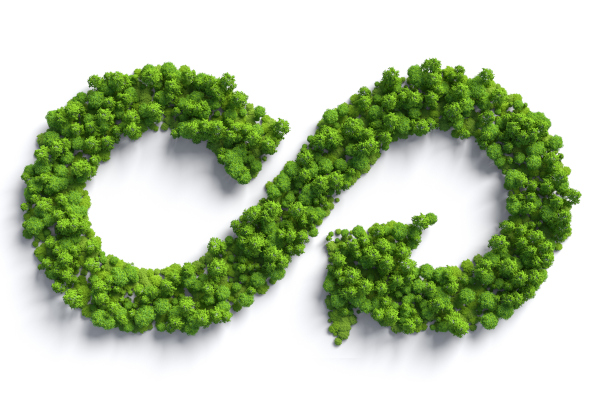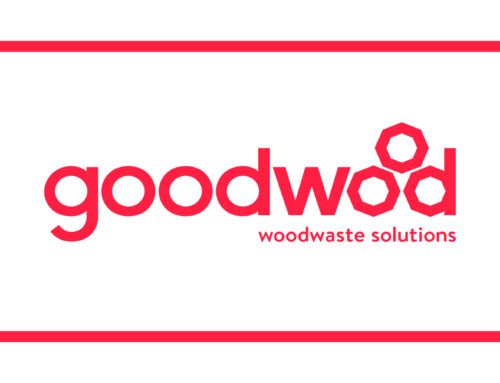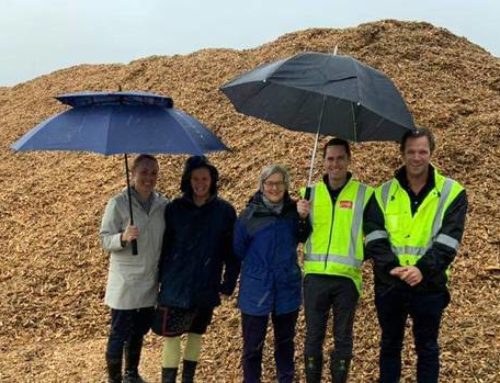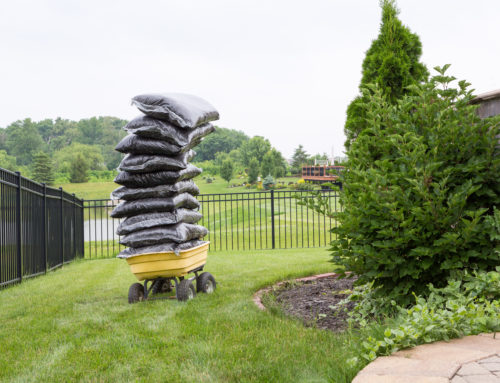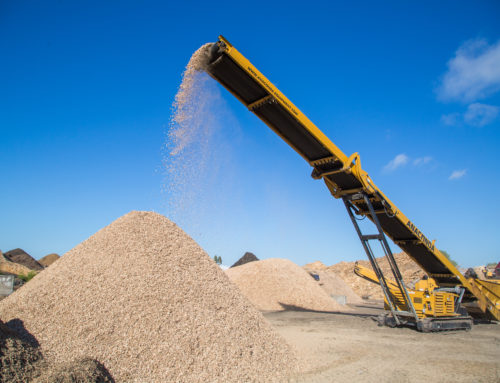‘Circular economy’ seems to be the latest “green” buzzword out, but it has a far longer history than we think. The concept isn’t new and has always worked in the natural environment. For example, it’s simple biology that anything that dies in a forest will break down naturally. The nutrients present will be re-absorbed by the next plant or tree, which in turn feeds another animal and so on.
Humans have, unfortunately, forgotten about this and are in the habit of “make, use, dispose”. Disposing often includes throwing valuable and finite resources into landfill, which can quickly turn into harmful materials. Disposing of anything should be the last thing on our mind. There are 4 things that we should be looking at first:
1). REUSE
Can the same thing be used for something else without any other input? For example: Can a pallet be used again or have its purpose changed?
2). REPAIR
Can the product be repaired with some minor work and extra materials? For example: Can an old planter box be repaired by using pieces of an old pallet?
3). REMANUFACTURE
Can the materials in a product be reused and turned into something else. For example: Taken the materials of an old pallet be used to build a bedside table.
4). RECYCLE
Can the product be taken apart at an off-site plant and the materials be used in the manufacturing of other products? For example: Pallets that were previously used for transport can be ground into mulch to return into the natural breakdown process in our garden. This will make the whole process carbon neutral and nutrients are released back into the environment.
All these are taking into consideration the value of the materials used and will ensure that less waste is created. Often it feels like that, as individuals, we cannot make a difference. However, every little piece does make a difference. The more people adopt this approach the more pressure is applied on manufacturers to give the consumer more opportunities to create less waste.
To create a true circular economy all manufacturers need to get on board and put internal and external processes into practice. With our landfills filling up, and the mindset of many consumers changing, it is the perfect time to make small changes that can make big differences.

